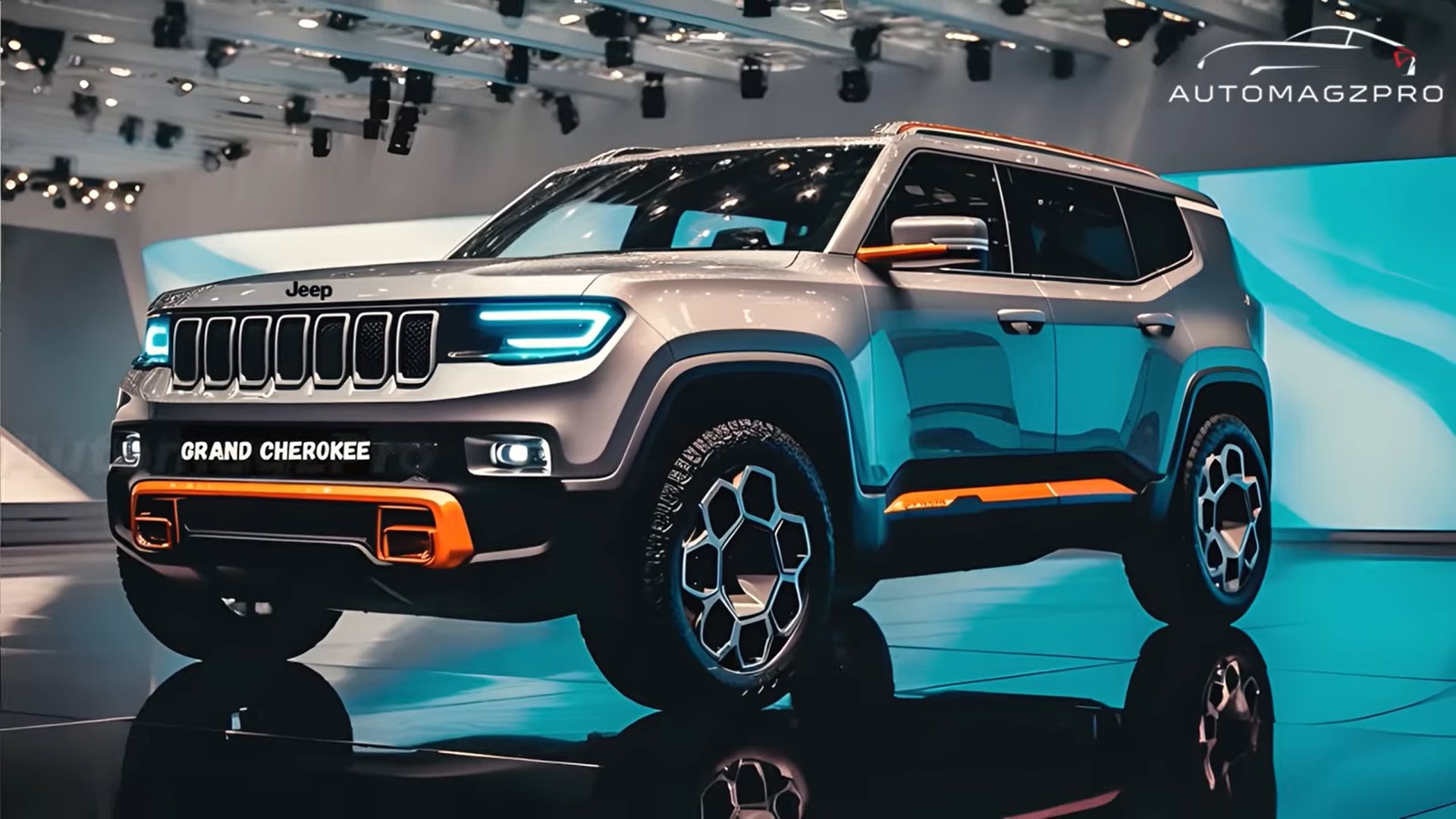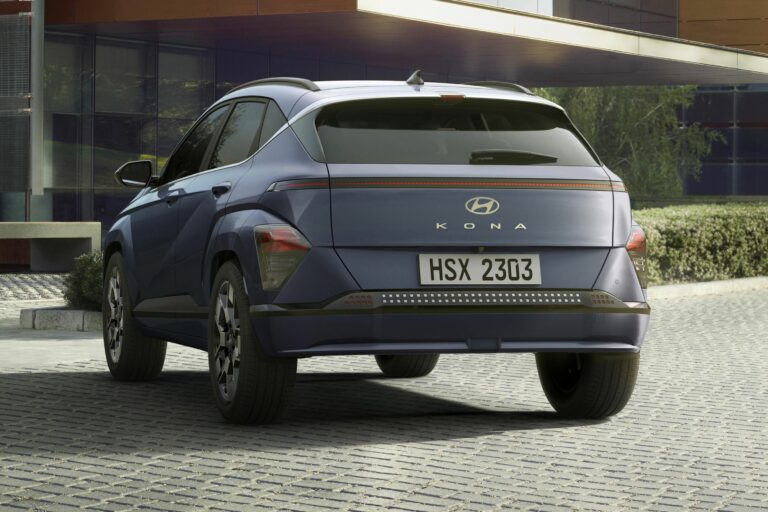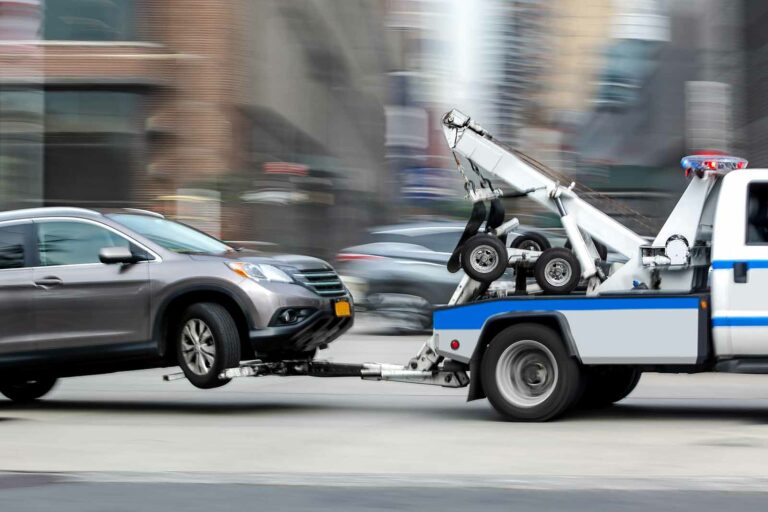Jeep Wrangler Wheel Offset Guide: Mastering Your Stance and Performance
Jeep Wrangler Wheel Offset Guide: Mastering Your Stance and Performance cars.truckstrend.com
The iconic Jeep Wrangler is synonymous with off-road prowess, rugged capability, and a distinctive, customizable aesthetic. Whether you’re navigating treacherous trails or cruising urban streets, the look and performance of your Wrangler are deeply intertwined with its wheel and tire setup. And at the heart of this crucial setup lies a often-misunderstood but critically important measurement: wheel offset.
Wheel offset determines how far your wheels, and consequently your tires, sit relative to your vehicle’s hub. It dictates everything from your Wrangler’s stance and tire clearance to its handling characteristics and even the longevity of your steering and suspension components. For any Wrangler owner looking to upgrade their wheels and tires, or simply understand their vehicle better, mastering the concept of wheel offset is not just recommended – it’s essential. This comprehensive guide will demystify wheel offset, explore its impact on your Jeep, and provide the practical knowledge you need to make informed decisions for your rig.
Jeep Wrangler Wheel Offset Guide: Mastering Your Stance and Performance
What Exactly is Wheel Offset?
At its simplest, wheel offset is the distance from the mounting surface of the wheel (where it bolts to the hub) to the true centerline of the wheel. It’s typically measured in millimeters (mm) and can be positive, negative, or zero.
- Positive Offset: The mounting surface is outside the centerline of the wheel. This means the wheel and tire will sit further inward towards the vehicle’s body. Most factory wheels have a positive offset to keep tires tucked within the fender wells.
- Negative Offset: The mounting surface is inside the centerline of the wheel. This pushes the wheel and tire further outward from the vehicle’s body, creating a wider, more aggressive stance often desired by off-road enthusiasts.
- Zero Offset: The mounting surface is perfectly aligned with the centerline of the wheel. The wheel sits neutrally, neither pushed in nor out.
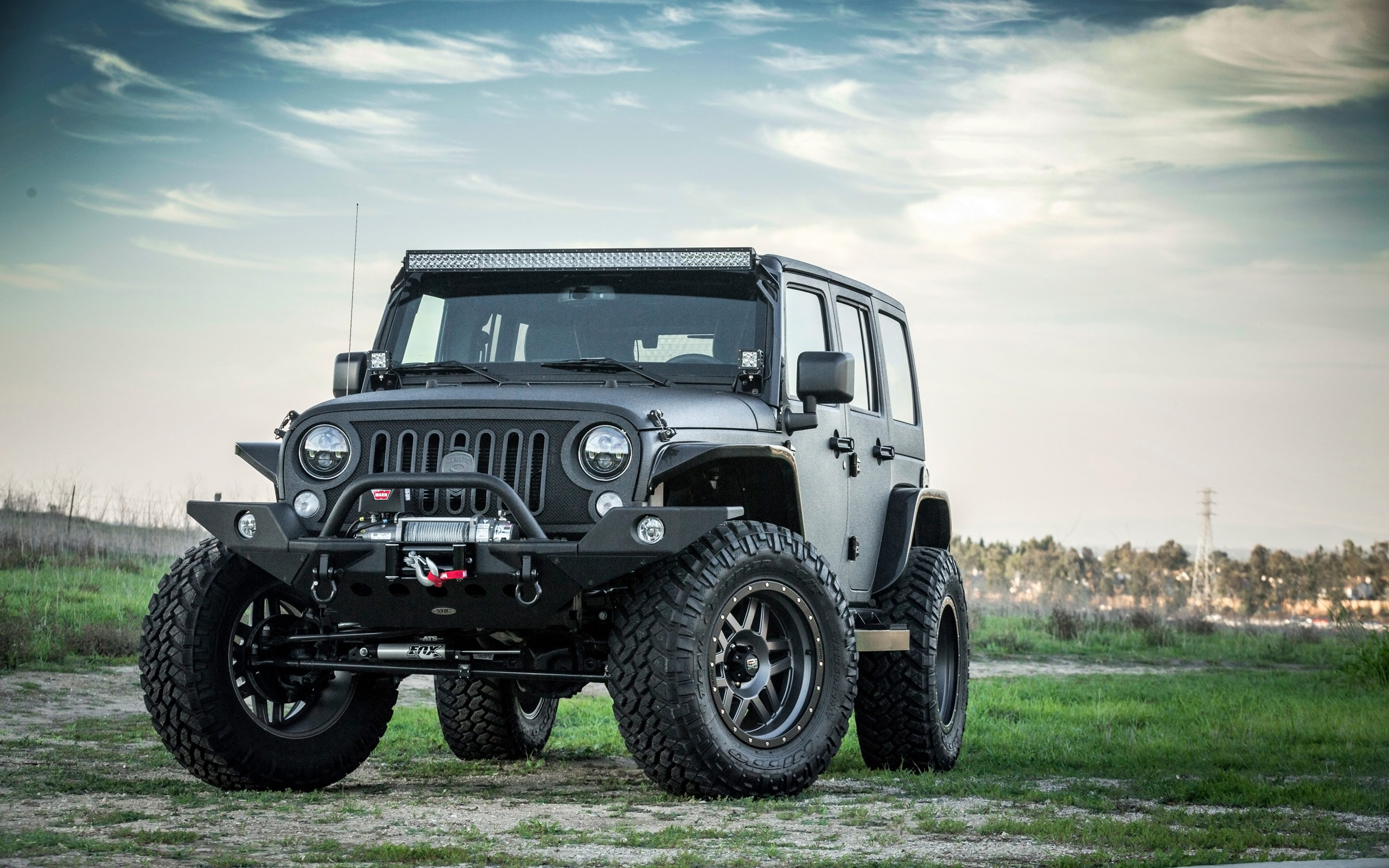
Understanding these distinctions is the first step towards choosing the right wheels for your Jeep Wrangler, as each type of offset has unique implications for fitment and performance.
Why Does Offset Matter for Your Jeep Wrangler?
The seemingly small measurement of wheel offset has a cascading effect on various aspects of your Wrangler:
- Tire Clearance: This is arguably the most critical factor for Wrangler owners. With larger tires, a wheel with insufficient positive offset (or too much negative offset without proper fender modifications) can lead to the tires rubbing against suspension components (control arms, sway bars) or the inner fender wells when turning or articulating. Conversely, too much negative offset can cause tires to extend beyond the fenders, leading to rubbing on the outer fender flares, especially during suspension compression.
- Steering & Handling: Offset directly influences the scrub radius, which is the distance between the steering axis inclination (where the steering pivots) and the center of the tire’s contact patch. A significant change in offset from stock can alter the scrub radius, leading to heavier steering, increased bump steer, and less predictable handling, particularly at higher speeds.
- Suspension & Bearing Wear: Pushing the wheels further out (negative offset) increases the leverage on wheel bearings, ball joints, and other steering and suspension components. This added stress can accelerate wear and lead to premature failure, requiring more frequent maintenance or component replacement.
- Aesthetics: Negative offset creates a wider, more aggressive "stance" that many Wrangler owners desire. It makes the tires protrude from the fender wells, giving the vehicle a broader, more imposing look. Positive offset, typical of factory setups, keeps the wheels tucked in.
- Fender Clearance & Legality: In many regions, tires protruding significantly beyond the fender flares are illegal and can result in fines. Negative offset often necessitates wider aftermarket fender flares to remain compliant and prevent road debris from being flung up the side of your vehicle.

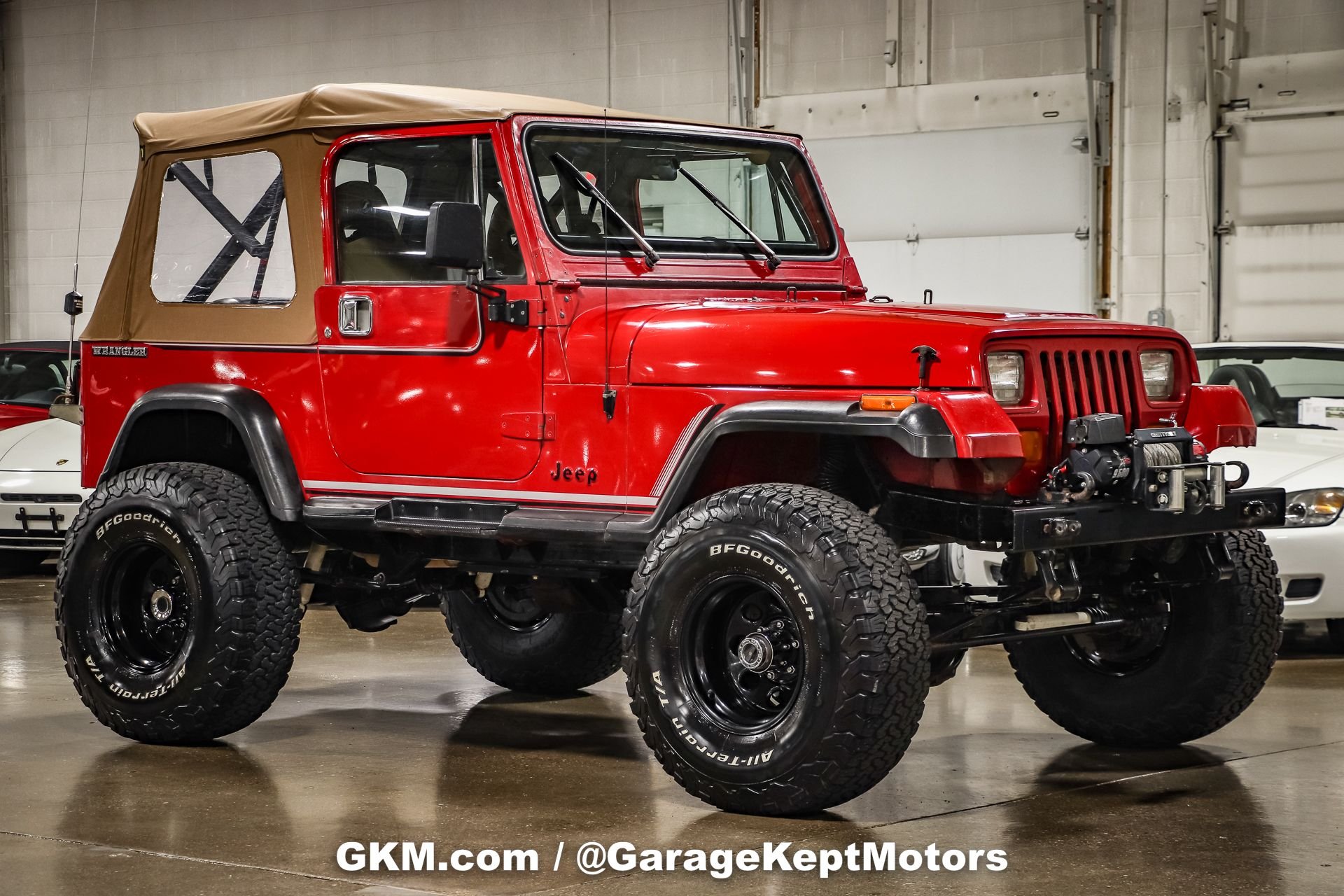
Understanding Backspacing: The Other Side of the Coin
While offset is a universal wheel measurement, backspacing is often a more intuitive and practical measurement for Jeep Wrangler owners, especially when dealing with larger tires. Backspacing is the distance from the inner edge of the wheel to its mounting surface.
- Relationship to Offset: Backspacing and offset are directly related. For a given wheel width, a lower backspacing value corresponds to a more negative offset, pushing the wheel further out. A higher backspacing value corresponds to a more positive offset, tucking the wheel in.
- Why it’s Useful for Jeeps: When installing larger tires, the primary concern is often clearing suspension components on the inside of the wheel well. A lower backspacing number (e.g., 4.5" or less for a typical 12.5" wide tire) provides more clearance between the tire sidewall and the frame, control arms, or sway bar links. Many lift kit manufacturers and tire shops will recommend a specific backspacing range rather than an offset for common tire sizes on Wranglers.
For example, a common recommendation for a 12.5" wide tire on a Jeep Wrangler is 4.5" to 4.75" of backspacing. This typically translates to an offset of -12mm to -6mm on a 9-inch wide wheel.
OEM vs. Aftermarket Offset: What’s the Difference?
- OEM (Factory) Offset: Most factory Jeep Wrangler wheels, depending on the model and trim (e.g., Sport, Sahara, Rubicon), come with a positive offset, typically ranging from +25mm to +44mm (or backspacing of 5.5" to 6.25" for an 8.5" wide wheel). This keeps the tires tucked within the fenders for compliance, fuel efficiency, and reduced wear on components.
- Aftermarket Offset: Aftermarket wheels for Wranglers often feature a wider range of offsets, particularly negative offsets. This is because owners typically upgrade to larger, wider tires that require more clearance from inner suspension components, and they desire the wider stance. Common aftermarket offsets for Wranglers run from +18mm down to -25mm or even more extreme, corresponding to backspacing values between 5.0" and 3.5".
The choice to move from OEM to aftermarket offset is almost always driven by the need to accommodate larger tires, improve off-road stability, or achieve a specific aesthetic.
Choosing the Right Offset for Your Wrangler
Selecting the ideal offset is a balancing act between aesthetics, performance, and practicality. Here’s how to approach it:
- Determine Your Tire Size: This is the most crucial factor. Larger, wider tires almost always necessitate less positive (or more negative) offset/lower backspacing to clear suspension components.
- Small Lift (2.0-3.0") with 35" Tires: Often requires wheels with 4.5" to 4.75" backspacing (approx. -6mm to -12mm offset on a 9" wide wheel) to clear the sway bar links and control arms at full steering lock.
- Larger Lift (3.5"+) with 37"+ Tires: May require even less backspacing (e.g., 3.5" to 4.0") to provide ample clearance and achieve a wider stance.
- Consider Your Lift Kit: Lift kits often dictate the maximum tire size you can run, which then influences the required offset. Some lift kits (especially long-arm setups) can change suspension geometry, potentially altering tire clearance needs.
- Fender Flares: If you plan on a significantly negative offset, be prepared to invest in wider aftermarket fender flares to cover the tires and comply with local laws. This also protects your paint from road debris.
- Intended Use:
- Daily Driver/Mild Off-roading: A slightly less aggressive negative offset (e.g., -6mm to -12mm) can offer a good balance of stance, clearance, and reduced component wear.
- Serious Off-roading: More negative offset can provide a wider track width for increased stability on challenging terrain, but be mindful of the added stress on components.
- Practical Advice:
- Research Common Setups: Look at forums, build threads, and consult with reputable Jeep shops. Many owners have already perfected wheel/tire/lift combinations.
- Test Fit (If Possible): If you’re unsure, try to test fit a wheel with your desired offset before purchasing a full set.
- Start Conservatively: It’s often better to start with a slightly less aggressive offset and add wheel spacers later if more clearance is needed, rather than being stuck with wheels that push too far out.
The Pros and Cons of Different Offsets
Positive Offset (OEM-like):
- Pros: Keeps tires tucked within fenders (legal compliance, less road grime), reduces stress on wheel bearings and steering components, generally better fuel economy due to less aerodynamic drag.
- Cons: Limits maximum tire width and diameter without rubbing on suspension components (especially with stock height or mild lifts), less aggressive aesthetic.
Zero Offset:
- Pros: Neutral look, balances the tire evenly around the mounting surface.
- Cons: Can still cause rubbing with larger tires depending on wheel width and tire size, doesn’t offer significant advantage for large tire clearance.
Negative Offset (Aggressive Stance):
- Pros: Creates a wider, more aggressive stance, provides maximum clearance from inner suspension components for larger tires, can improve off-road stability by widening the track width.
- Cons: Increases stress on wheel bearings, ball joints, and steering components (leading to premature wear), tires may protrude beyond fenders (requiring wider flares and potential legal issues), more road grime flung onto the vehicle’s sides, potentially heavier steering, increased bump steer, and reduced fuel economy.
Tools and Techniques for Measuring Offset & Backspacing
While new wheels will list their offset, understanding how to measure existing wheels or mock up a setup can be invaluable:
- Remove the Wheel: For accurate measurement, remove the wheel from the vehicle.
- Measure Overall Wheel Width: Lay the wheel face down. Measure from the very outer edge of the wheel lip to the very inner edge of the wheel lip. Add 1 inch to this measurement to account for the tire bead seats (e.g., a 9-inch wide wheel will measure 10 inches from lip to lip).
- Measure Backspacing: Lay the wheel face down. Place a straight edge across the back of the wheel. Using a tape measure, measure the distance from the straight edge down to the wheel’s mounting surface (the flat area that bolts to the hub). This is your backspacing.
-
Calculate Offset:
- First, find the true centerline of the wheel: (Overall Wheel Width / 2).
- Offset = Backspacing – Centerline.
- If the result is positive, you have positive offset. If negative, you have negative offset.
Example: A wheel measures 10 inches from lip to lip (meaning it’s a 9-inch wide wheel). Its centerline is 5 inches (10/2). If the backspacing is 4.5 inches:
Offset = 4.5" – 5" = -0.5 inches.
Convert to mm: -0.5 inches * 25.4 mm/inch = -12.7mm. So, approximately -13mm offset.
Potential Challenges and Solutions
- Tire Rub:
- Solution: Adjust offset (more negative), install a lift kit, trim inner fenders or fender flares, or install wider aftermarket fender flares.
- Increased Steering Effort/Wander:
- Solution: This is often a byproduct of significant negative offset. A high-quality steering stabilizer can help, but fundamentally, the geometry is altered. Ensure proper alignment.
- Premature Component Wear (Bearings, Ball Joints):
- Solution: Understand that this is a trade-off for aggressive offsets. Regular inspections and maintenance are key. Consider upgraded heavy-duty components if you frequently run very aggressive offsets or larger tires.
- "Brodozer" Look/Legality:
- Solution: If you don’t like the look of tires sticking out or need to comply with local laws, invest in wider fender flares.
Cost Considerations Related to Wheel Offset Choices
While "offset" itself isn’t a purchasable item, the choices you make regarding it directly impact the cost of your wheel and tire setup, and potentially long-term maintenance.
| Component/Factor | Description | Typical Price Range (Estimated) |
|---|---|---|
| Aftermarket Wheels | Wheels with specific offsets (especially negative) can vary widely. | $150 – $600+ per wheel |
| Larger Tires | Necessary for most offset changes; price varies by size, brand, and type (AT/MT). | $250 – $600+ per tire |
| Lift Kit | Often required to clear larger tires, regardless of offset, or to accommodate more aggressive offsets. | $500 – $3,000+ |
| Aftermarket Fender Flares | Essential if tires protrude significantly beyond stock fenders for legality and aesthetics. | $200 – $1,000+ per set |
| Wheel Spacers | Can be used to effectively reduce positive offset if current wheels are too tucked in. | $100 – $250 per set (4) |
| Alignment | Crucial after any lift or wheel/tire change to correct steering geometry. | $80 – $200 |
| Steering Stabilizer | May be needed to mitigate bump steer or wander with aggressive offsets/large tires. | $100 – $300 |
| Heavy-Duty Components | Upgraded ball joints, tie rods, drag links if premature wear becomes an issue with aggressive offsets. | $300 – $1,000+ per component |
| Installation/Mounting | Labor costs for mounting tires, balancing, and installing wheels. | $100 – $300 |
Frequently Asked Questions (FAQ)
Q1: Can I run a negative offset with stock fender flares?
A1: It depends on how negative the offset is and your tire width. A slightly negative offset (-6mm to -12mm) with a 12.5" wide tire will likely cause the tire to protrude past stock flares. More aggressive offsets will definitely require wider flares to cover the tire and avoid issues with debris and legality.
Q2: Will changing my offset void my warranty?
A2: Generally, modifying your vehicle, including changing wheel offset, may not directly void your entire warranty. However, if a failure occurs (e.g., premature wheel bearing wear) and it can be directly attributed to the non-OEM wheel offset, the dealer may deny the warranty claim for that specific component.
Q3: Is backspacing or offset more important for a Jeep Wrangler?
A3: For most Wrangler owners dealing with larger tires, backspacing is often the more practical and commonly discussed measurement as it directly addresses inner fender/suspension clearance. However, offset is the universal standard. Understanding both and how they relate is ideal.
Q4: How much negative offset is too much?
A4: "Too much" is subjective and depends on your goals. For daily driving, anything beyond -25mm to -30mm can lead to significant stress on components, increased road grime, and a very wide stance that might not be practical or legal. For extreme rock crawling, some might go further, but they typically compensate with heavy-duty components.
Q5: Can I use wheel spacers instead of buying new wheels with a different offset?
A5: Yes, wheel spacers effectively reduce your wheel’s positive offset (or increase negative offset). For example, a 1.5" (38mm) spacer on a wheel with +25mm offset makes it effectively -13mm offset. Quality hub-centric spacers are generally safe when properly installed and maintained, but they are another component to consider for potential wear and tear.
Concluding Summary
Mastering Jeep Wrangler wheel offset is a fundamental step in customizing your vehicle for both performance and aesthetics. It’s not just about achieving a "cool" look; it’s about ensuring proper tire clearance, maintaining predictable handling, and preserving the longevity of your steering and suspension components. By understanding the relationship between positive and negative offset, backspacing, tire size, and lift kits, you can confidently choose the perfect wheel and tire combination for your Wrangler. Always prioritize functionality and safety alongside your desired stance, and remember that informed decisions lead to a more capable, enjoyable, and enduring Jeep experience.
